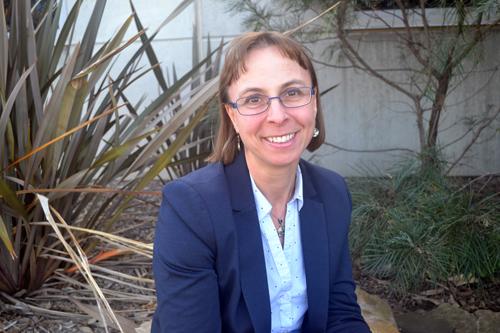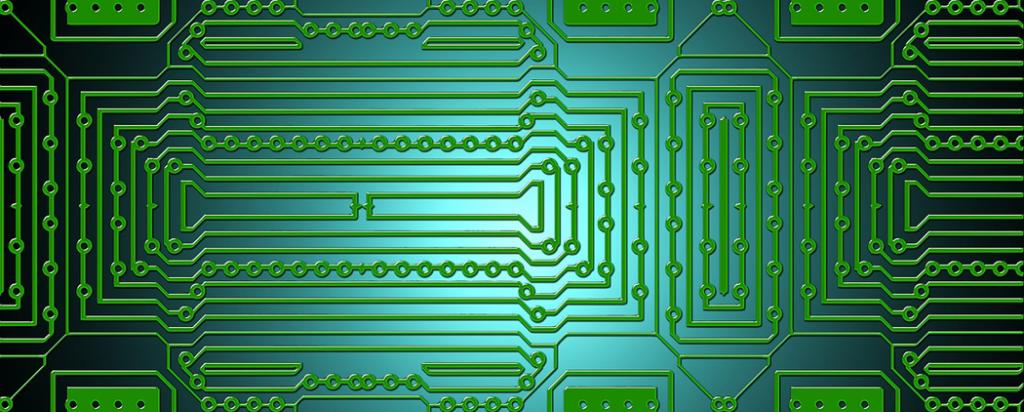

Published on the 29th July 2019 by ANSTO Staff
The FLEET ARC Centre for Excellence in Future Low Energy Electronics Technologies has announced that Dr Kirrily Rule (pictured below), an instrument scientist on the triple-axis spectrometer Taipan and international expert in low dimensional ‘frustrated’ magnetic materials, has been made a partner investigator.
She joins Dr Anton Taddich, an instrument scientist on the Australian Synchrotron’s soft x-ray spectroscopy beamline, and other distinguished interdisciplinary investigators from participating organisations around Australia.

FLEET is committed to developing new types of electronic conduction without resistance in solid-state systems at room temperature. The organisation is at the forefront of topological materials, anatomically thin materials, exciton superfluids, light- transformed materials and nanodevice fabrication.
The main node of FLEET is at Monash University but there are six other participating organisations and multiple partner organisations, including ANSTO. The Centre has received over $40 million from the Australian Research Council.
“Part of my role will be advising on how our neutron scattering techniques might be of use to FLEET investigators in their research,” said Rule.
“Although I work with bulk materials generally, my background in two-dimensional magnetism opens the possibility of collaboration on using exotic states in future technologies,” said Rule.
Rule has investigated phenomenon such as a possible spin nematic phase in linarite, which could potentially be used in spintronic technologies to transport information at high speed, resistance-free, producing low heat and requiring little power.
Speaking at Surface Science and Technology workshop in June at the University of Wollongong, where she is an Associate Professor, Rule explored potential technologies that could be developed using two-dimensional magnetic materials.
“Because an electron has a magnetic moment, which reflects the direction of its spin, there is the possibility of manipulating that property,” said Rule.
“Magnetic ions can be described by their magnetic moment, which represents the spin of unpaired electrons. This spin has both magnitude and direction and we are focused on manipulating these properties,” said Rule.
“In some materials, you can have a situation where the atoms themselves are not moving but the spin direction can be easily flipped and propagated along a chain of atoms. Flipping the spin state costs very little energy and so is a more efficient means of transporting information than electron conduction,” said Rule.
“Recently there has been some interest in combining layered antiferromagnetic materials containing copper oxide with graphene monolayers to create antiferromagnetic switching devices. These materials could potentially transmit information at terahertz speeds” said Rule.
Rule is undertaking investigations with collaborators on a number of materials that demonstrate low dimensionality, magnetic frustration and quantum effects.
“Inelastic neutron scattering on our triple-axis spectrometer Taipan is a powerful technique that allows us to study magnetic behaviour at the level of individual atoms,” said Rule.